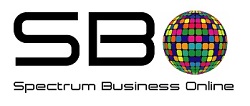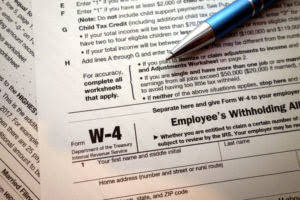In this example, we can say that the service given by the weighing machine in its first year of life was $200 ($1,000 – $800) to the company. Depreciation is allocated over the useful life of an asset based on the book value of the asset originally entered in the books of accounts. Estimated useful life is the number of years of service the business expects to receive from depreciable assets the asset.
Declining Balance Depreciation
However, the uniqueness of this method is that asset value is depreciated at twice the rate it is done in the straight-line method. The schedule might look slightly different from business to business depending on the depreciation method chosen and other internal requirements. It’s a simple resource used for internal record-keeping and decision making to understand how depreciation will impact QuickBooks accounting records to inform financial planning and budgeting decisions.
- In many cases the manufacturer will provide you with an estimate of the asset’s usable life, measured in years, number of miles driven, or number of units produced.
- Expensive assets, such as manufacturing equipment, vehicles, and buildings, may become obsolete over time.
- Alternatively, you wouldn’t depreciate inexpensive items that are only useful in the short term.
- The basic journal entry for depreciation is to debit the Depreciation Expense account and credit the Accumulated Depreciation account.
- The number of years over which an asset is depreciated is determined by the asset’s estimated useful life, or how long the asset can be used.
- However, this is not the meaning of depreciation in accounting nor what the Depreciation Expense on the income statement measures.
Comprehensive Services of Long Island CPA Firms
Common sense requires depreciation expense to be equal to total depreciation per year, without first dividing and then multiplying total depreciation per year by the same number. The table below illustrates the units-of-production depreciation schedule of the asset. Once organizations complete the sale of an asset, they must credit the sale proceeds to the asset account. If your asset has no salvage value then this is the amount that you paid for the asset. If it has a salvage value, then the depreciable base is the amount you paid minus the salvage value. These include the Straight-Line method, Declining Balance and Double-Declining Balance methods, the Unit of Production method, and, finally, the Sum-of-the-Years’ Digits method.
Straight-line depreciation
The part of the cost that is charged to operation during an accounting period is known as depreciation. Capital assets such as buildings, machinery, and equipment are useful to a company for a limited number of years. The entire cost of a capital asset is not charged to any one year as an expense; rather the cost is spread over the useful life of the asset. The composite method is applied to a collection of assets that are not similar and have different service lives.
Instead, they use their own method for calculating depreciation and hence the amount affecting taxable income. An asset can reach full depreciation when its useful life expires or if an impairment charge is incurred against the original cost, though this is less common. If a company takes a full impairment charge against the asset, the asset immediately becomes fully depreciated, leaving only its salvage value (also known as terminal value or residual value). A fully depreciated asset is a property, plant or piece of equipment (PP&E) which, for accounting purposes, is worth only its salvage value. Whenever an asset is capitalized, its cost is depreciated over several years according to a depreciation schedule.
Since the balance is closed at the end of each accounting year, the account Depreciation Expense will begin the next accounting year with a balance of $0. The articles and research support materials available on this site are educational and are not intended to be investment or tax advice. All such information is provided solely for convenience purposes only and all users thereof should be guided accordingly. For information pertaining to the registration status of 11 Financial, please contact the state securities regulators for those states in which 11 Financial maintains a registration law firm chart of accounts filing.





